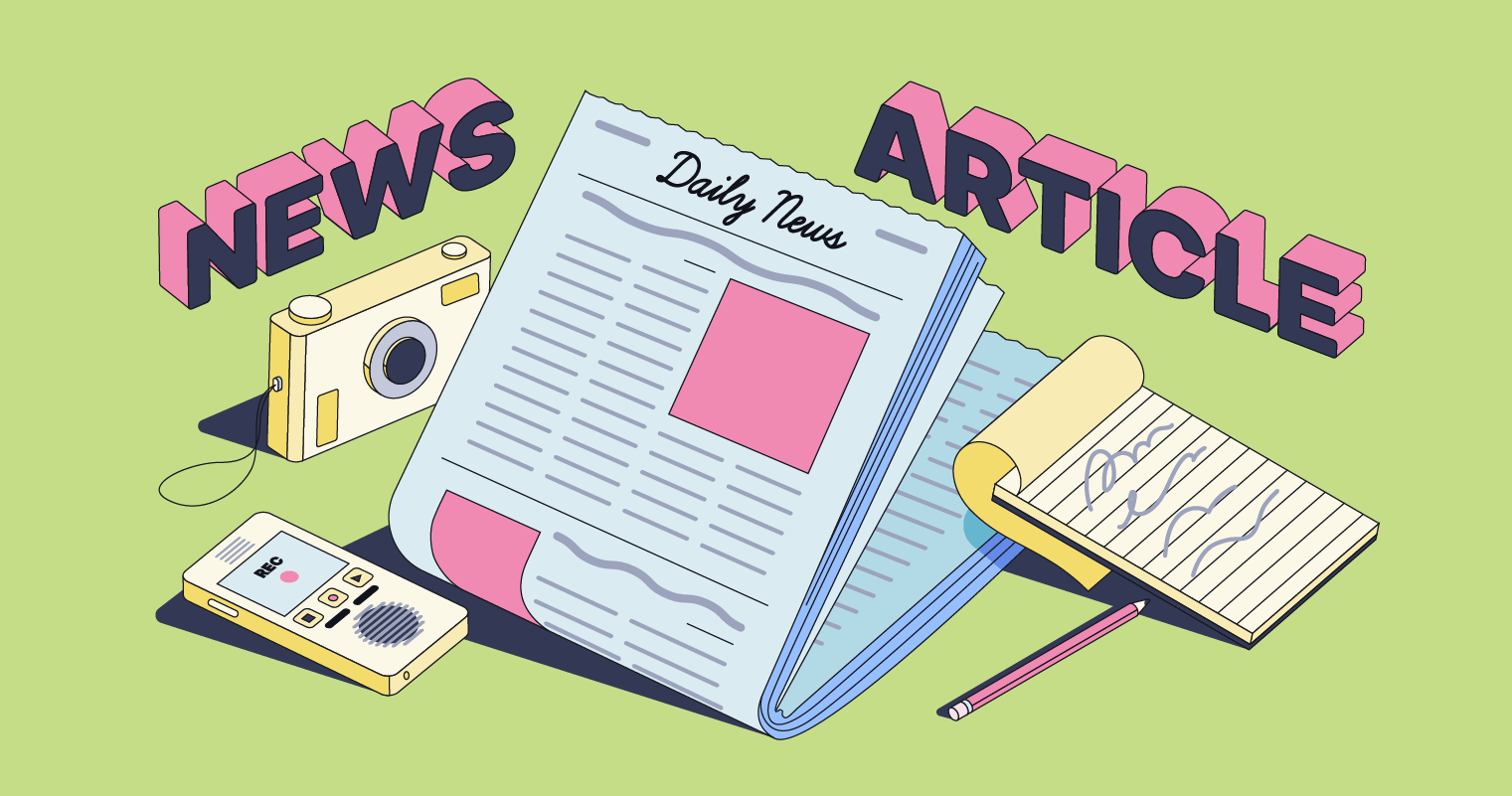What Does News Articles Mean?
What Does News Articles Mean?
Blog Article
9 Easy Facts About News Articles Explained
Table of Contents7 Easy Facts About News Articles ExplainedThe Best Strategy To Use For News ArticlesThe Only Guide for News ArticlesThe Best Guide To News ArticlesNot known Details About News Articles
Good understanding of various subjects provides pupils a competitive side over their peers. Although digital and social media sites are easily accessible, we must not neglect just how vital it is to read the papers. Parents have to attempt and inculcate the behavior of reviewing a paper as a day-to-day regimen to continue the heritage of the revered print medium.Information stories additionally contain at least one of the complying with important characteristics relative to the intended audience: distance, prominence, timeliness, human passion, peculiarity, or effect.
Within these limitations, information tales additionally aim to be comprehensive. Amongst the bigger and extra reputable newspapers, justness and balance is a significant variable in providing information.
Papers with a global audience, for instance, often tend to utilize a more official style of writing. The specific options made by an information electrical outlet's editor or editorial board are commonly gathered in a style guide; typical style guides consist of the and the United States Information Design Book. The major goals of information writing can be summed up by the ABCs of journalism: precision, brevity, and clarity.
News Articles Things To Know Before You Buy
As a policy, journalists will not utilize a lengthy word when a brief one will certainly do. News writers attempt to stay clear of making use of the exact same word a lot more than when in a paragraph (in some cases called an "echo" or "word mirror").
Nevertheless, headlines in some cases omit the subject (e.g., "Jumps From Watercraft, Catches in Wheel") or verb (e.g., "Pet cat woman lucky"). A subhead (additionally subhed, sub-headline, subheading, caption, deck or dek) can be either a secondary title under the primary headline, or the heading of a subsection of the short article. It is a heading that comes before the main message, or a group of paragraphs of the major text.

Added signboards of any of these types might appear later on in the article (specifically on subsequent web pages) to tempt more reading. Such signboards are also used as reminders to the short article in various other sections of the publication or website, or as promotions for the item in other magazine or sites. Normal structure with title, lead paragraph (recap in vibrant), other paragraphs (information) and call information.

Instance of a hard-lead paragraph NASA is proposing another space job. The budget plan demands approximately $10 billion for the job.
The NASA statement came as the agency requested $10 billion of appropriations for the task. An "off-lead" is the second most vital front page information of the day. The off-lead appears either in the leading left edge, or straight listed below the lead on the. To "bury the lead" is to start the write-up with background details or information of secondary value to the readers, compeling them to learn more deeply right into a short article than they should have to in order to uncover the crucial points.
The Single Strategy To Use For News Articles
Common usage is that one or 2 sentences each create their very continue reading this own paragraph. Journalists usually explain the company or structure of a news tale as an upside down pyramid. The important and most intriguing elements of a story are placed at the start, with supporting information complying with in order of reducing importance.
It allows individuals to check out a topic to only the deepness that their inquisitiveness takes them, and without the imposition of details or subtleties that they can take into consideration unnecessary, but still making that details readily available to more interested viewers. The upside down pyramid structure likewise makes it possible for articles to be cut to any arbitrary length throughout format, to suit the room offered.
Some authors begin their tales with the "1-2-3 lead", yet there are numerous type of lead available. This layout invariably begins with a "5 Ws" opening up paragraph (as defined over), followed by an indirect quote that offers to sustain a major aspect of the very first paragraph, and after that a direct quote to support the indirect quote. [] A twist can describe multiple points: The last tale current broadcast; a "happy" story to finish the program.
Longer posts, such as magazine cover short articles and the items that lead the inside sections of a paper, are referred to as. Attribute stories vary from straight news in a number of ways. Foremost is the lack of a straight-news lead, the majority of the moment. Instead of providing the essence of a tale up front, feature authors might try to draw visitors in.
The Best Strategy To Use For News Articles
The reporter often information communications with interview subjects, making the item extra individual. An attribute's very first paragraphs usually relate an appealing minute or occasion, as in an "unscientific lead". my response From the particulars of a person or episode, its view rapidly widens to generalizations about the tale's topic. The section that i loved this signifies what a feature is about is called the or billboard.

The Editor's Tool kit: A Recommendation Overview for Beginners and Professionals (2001) Allan M. Siegal and William G. Connolly. The New York City Times Handbook of Design and Usage: The Official Design Guide Utilized by the Writers and Editors of the World's Many Authoritative Newspaper (2002) M. L. Stein, Susan Paterno, and R.
Report this page